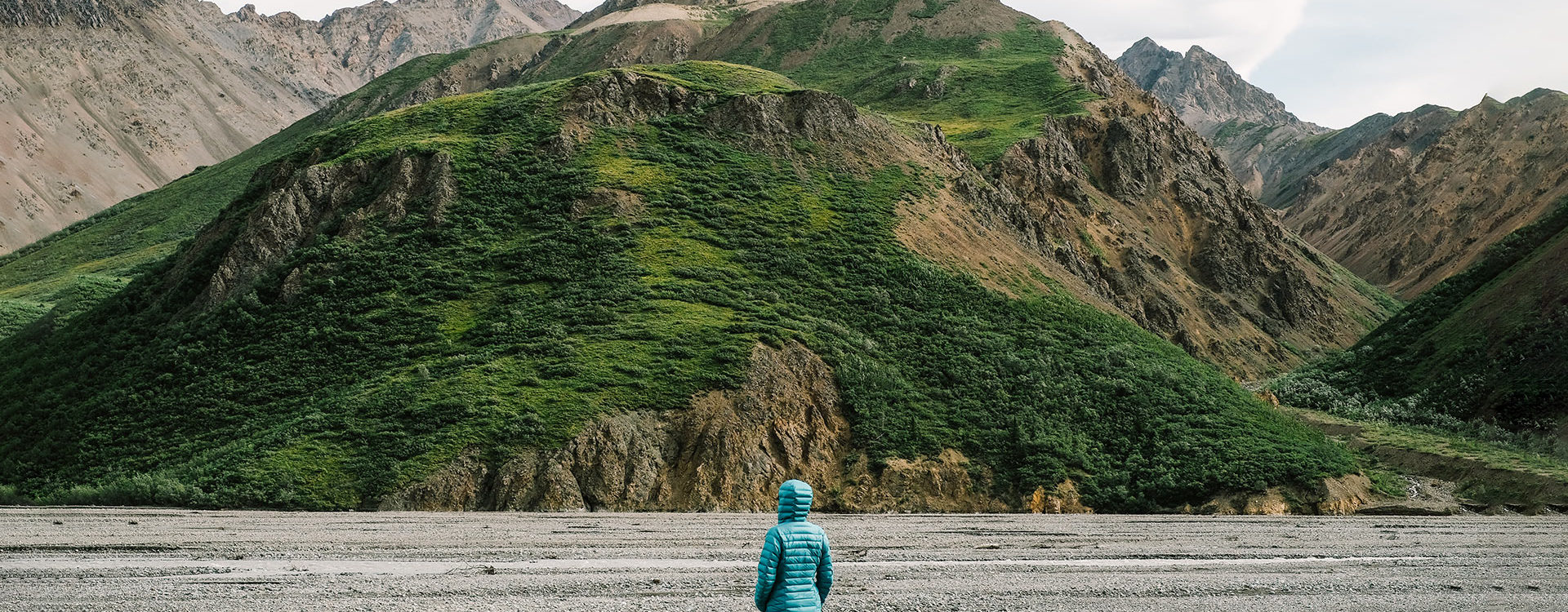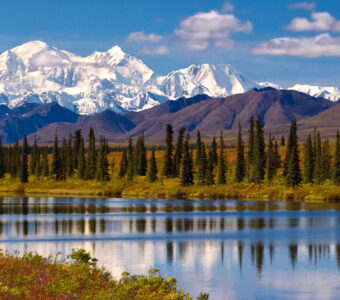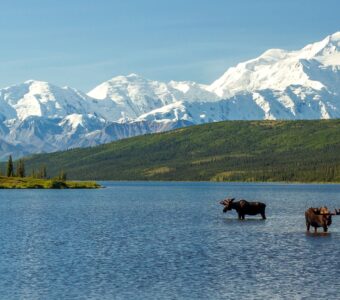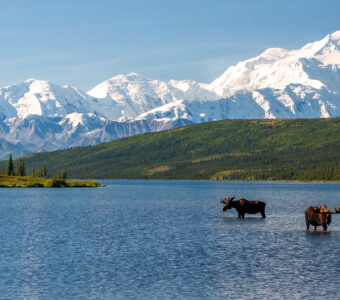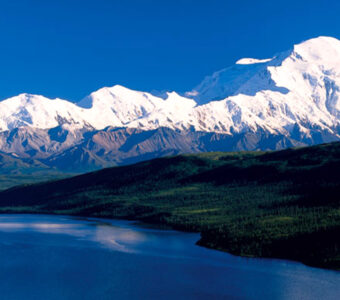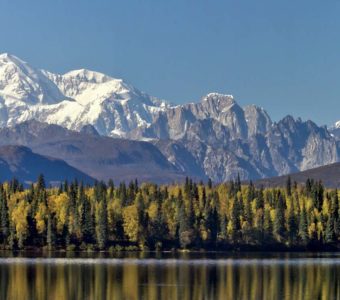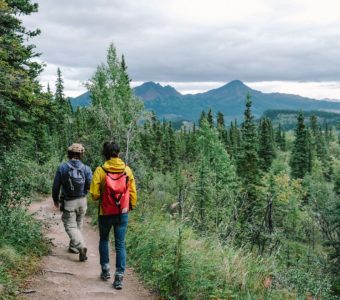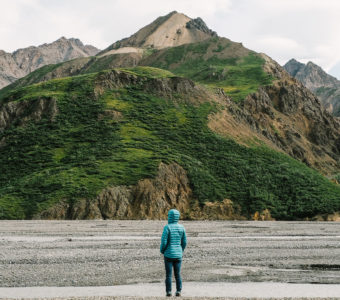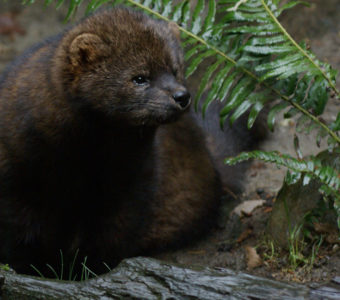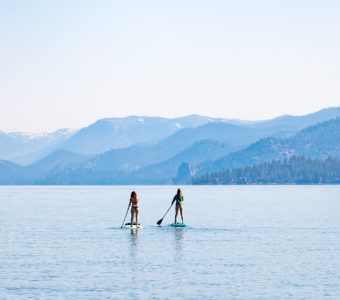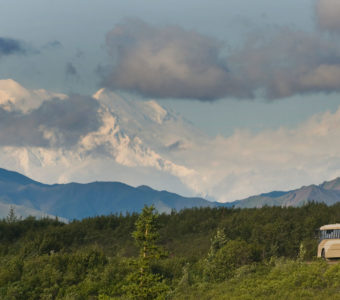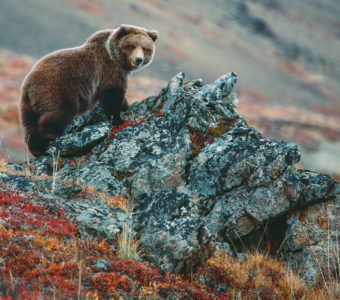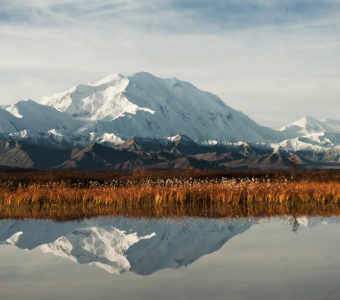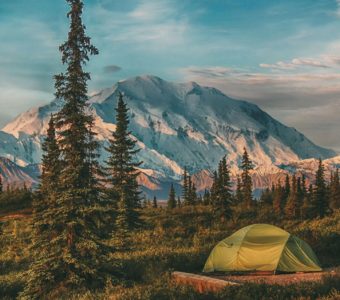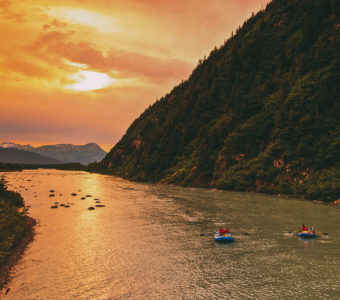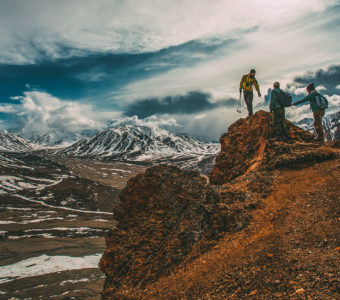Crisp clear water at Glacier Bay National Park.
One of the greatest assets of the United States are the protected lands of our national parks. Earth Day 2021 is happening on April 22. This year marks the 51st celebration of Earth Day after its inaugural event in 1970.
We all must do our part to maintain our natural landscape’s beauty and make our world a more sustainable place. Here are some projects going on at National Parks across the country to make them more sustainable and how you can get involved.
Recycling and Composting to Reduce Food Waste
Recycling sorting trailer at Lake Powell.
One of the significant impacts on the natural landscape in national parks are the human visitors. When humans come to the national parks, they bring food, trash, and polluting vehicles with them. The food waste that gets left behind decomposes and contributes to greenhouse gases. This food waste can also be harmful to local wildlife if not disposed of properly.
In 1994, a study found that 60 to 75 percent of waste generated inside a national park is compostable. Yellowstone became one of the first national parks to compost biodegradable waste when they opened a facility in 2003.
Since then, through a partnership with Subaru of America and the National Parks Conservation Association, Yosemite Conservancy has set a goal of diverting 80 percent of waste in Yosemite National Park from the landfill. The goal is to extend this partnership and project to two other national parks, Denali and Grand Teton.
Diverting waste from the landfill requires adding more recycling containers and containers to collect compost. The best way visitors can help is by placing all organic waste in the compostable bins and placing recyclable material into the correct containers.
Repairing Trails to Limit Human Impact on Nature
Hike and bike trails in Yosemite National Park.
Visitors to national parks come to enjoy the sights and smells of nature. That means hiking out into the wilderness. Each footstep humans take has an impact on the local flora and fauna. To limit the environmental impact, national parks have designated trails to help avoid impacting the surrounding nature. When hiking, it’s crucial to stay on the trails.
Using the trails helps limit the human impact to a small part of the natural landscape, limiting the impact visitors have on local wildlife.
Trails are built in specific locations to not damage or disrupt important land, waterways, or animal habitats. Before building a trail, national park staff review the impact of that trail and choose the least impactful route. National park staff also regularly check and maintain trails so that they’re useful to visitors.
The best way visitors can support this effort is to stay on trails anytime they’re hiking in a national park.
How You Can Get Involved
Denali National Park is home to natural wonders and wildlife.
Taking care of our national parks is a job for all of us. If we work together, we can ensure that our national parks are available for future generations. If you want to celebrate Earth Day with a visit to a national park or simply want to be a sustainable national park visitor, here are a few ways that you can get involved.
Practice Leave No Trace Principles
Crater Lake is the deepest lake in America, clocking in at 1,943 feet deep.
The Leave No Trace Seven Principles is a philosophy for visitors to natural areas to visit and leave no trace that they were ever there. There are several things to keep in mind with the Leave No Trace Seven Principles; however the most common are to plan ahead, leave what you find, and respect wildlife and other visitors by managing noise levels.
Pack It In, Pack It Out
When camping in national parks and public lands, remember to leave the campsite clean and free of damage and debris.
One of the best-known practices of the Leave No Trace Seven Principles is to pack it in, pack it out. This simply means that if you bring something into the park, you bring it back out with you. You can deposit trash, food waste, and recyclables into the correct containers in the park or take your waste with you when you leave.
Stay on Trails
When hiking, be sure to stay on trails to help preserve the land around you.
Another great way to limit your impact on nature and be a sustainable visitor is to stay on the trails. Trails are built to concentrate foot traffic and the human impact on nature to one area. Stay on trails to limit your impact on the environment.
Volunteer
Volunteering or working at national parks is a great way to give back to the land.
The National Park Service has several ways to get involved, including volunteering. If you’re planning a trip to a national park, look up if they have any volunteer opportunities during your visit. There are volunteer opportunities for every age group and skill level.
Our national parks are a true treasure to the United States. We all must do our part to keep the landscape natural and the wildlife healthy, so those treasures are still there for generations to come. This Earth Day, think about how you can limit your impact on the world around you and live a more sustainable life.
